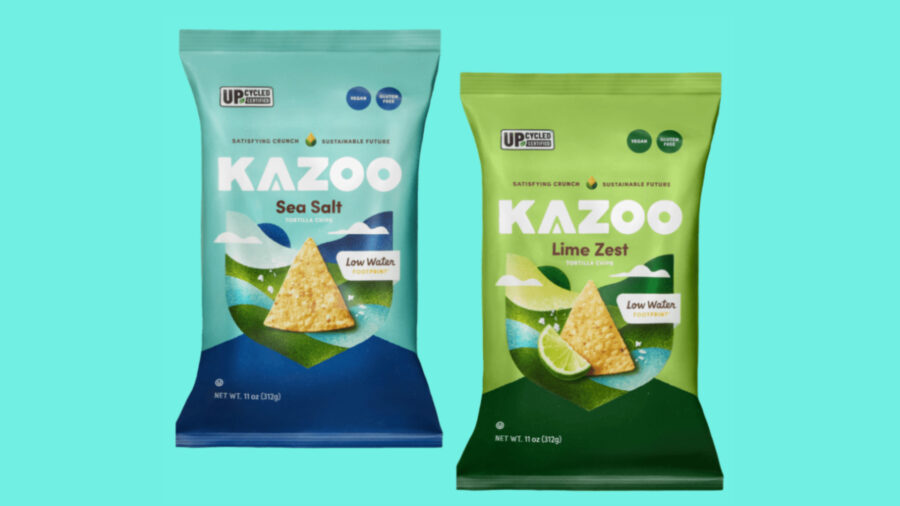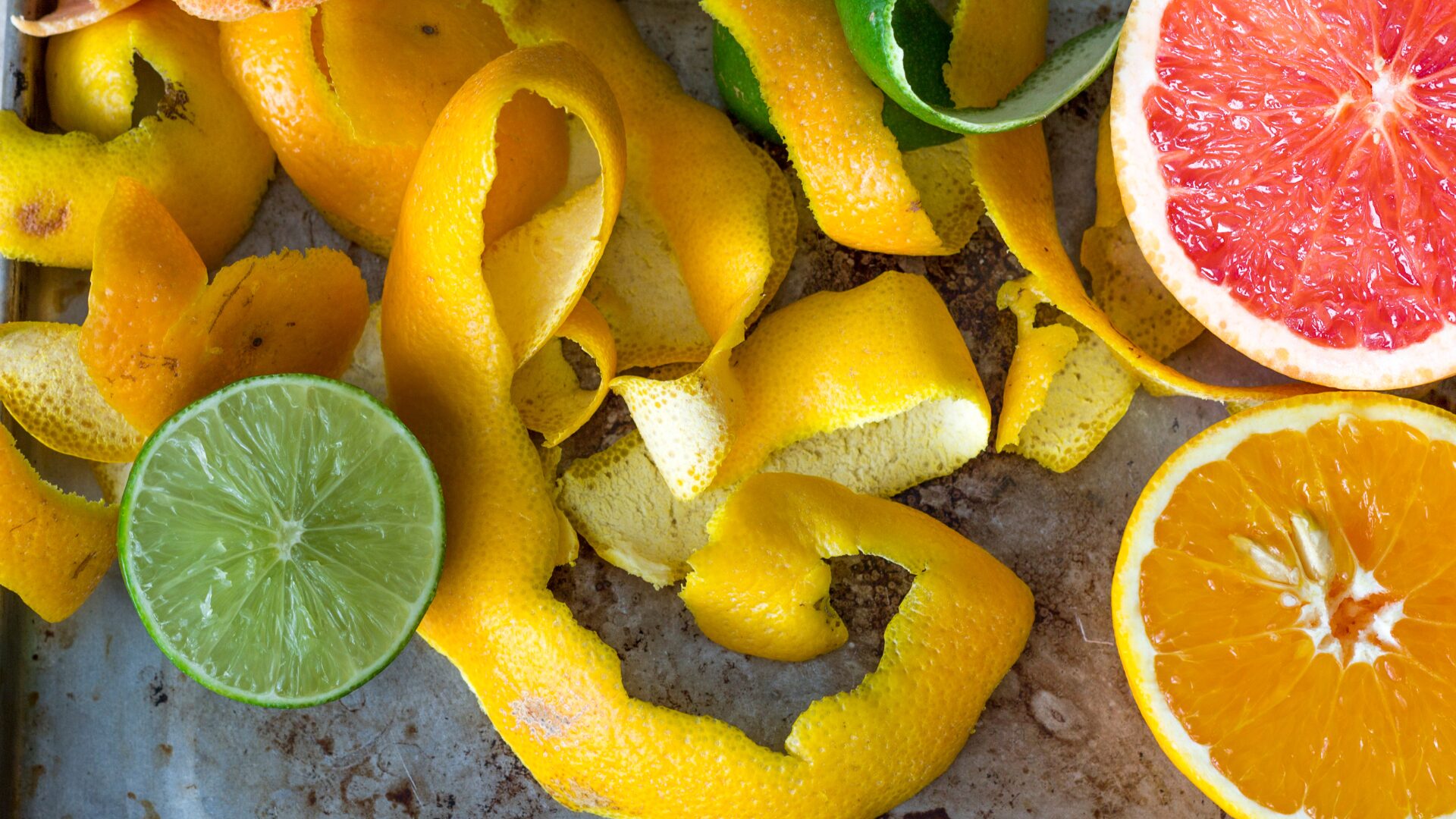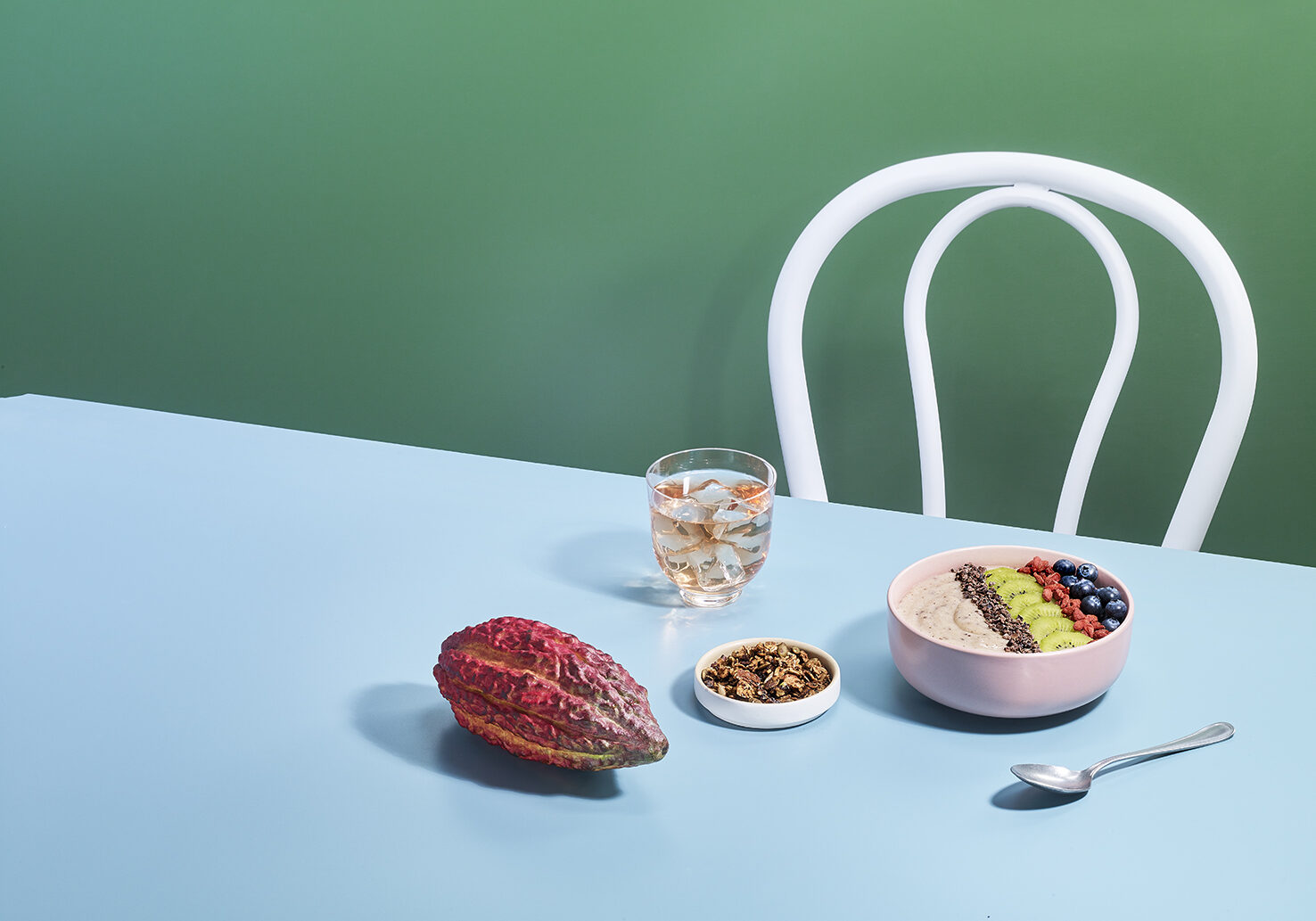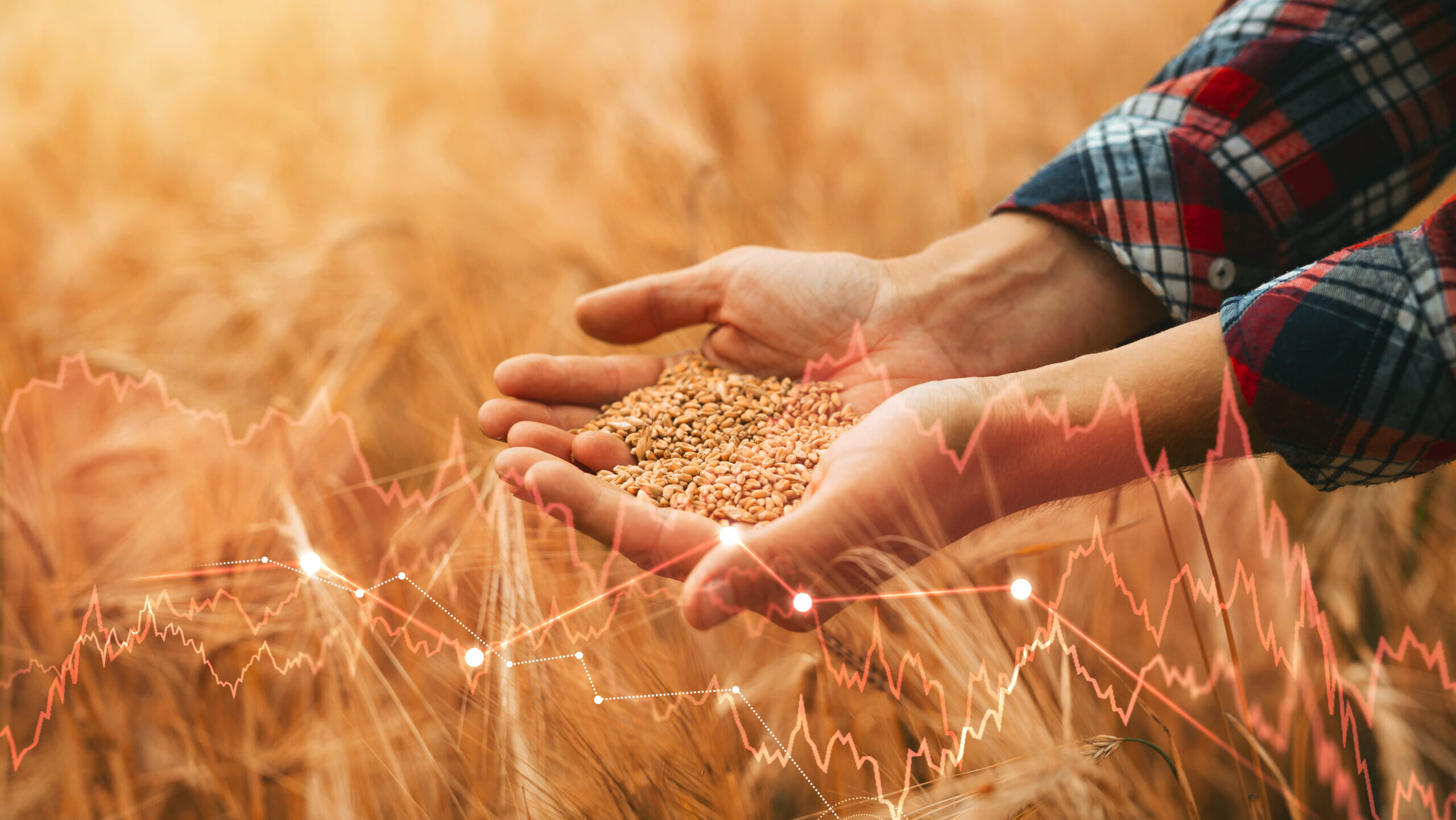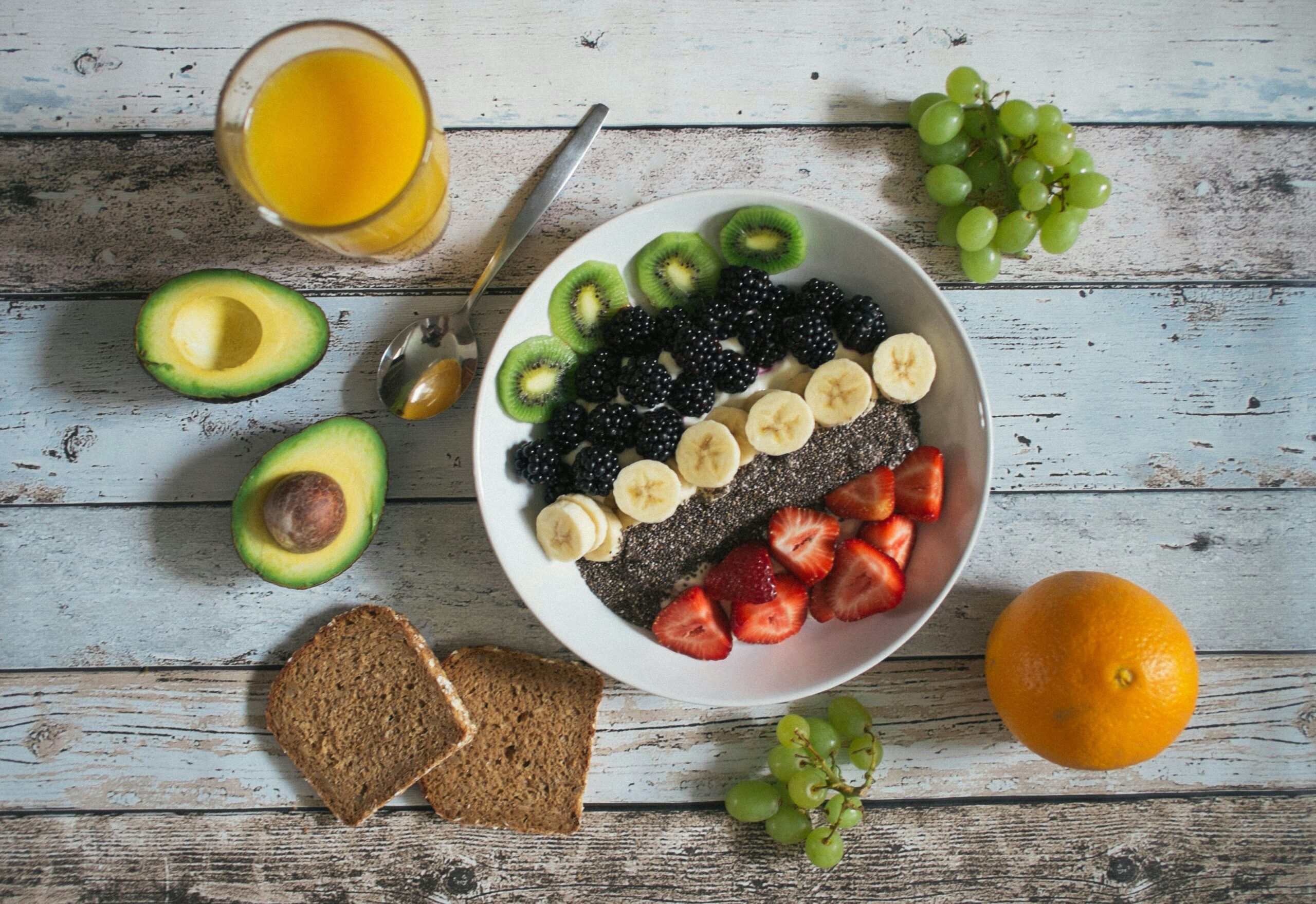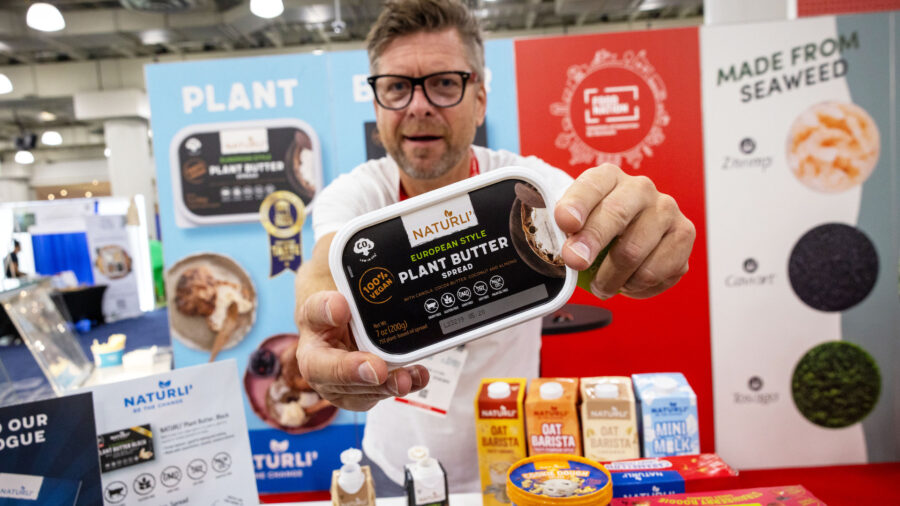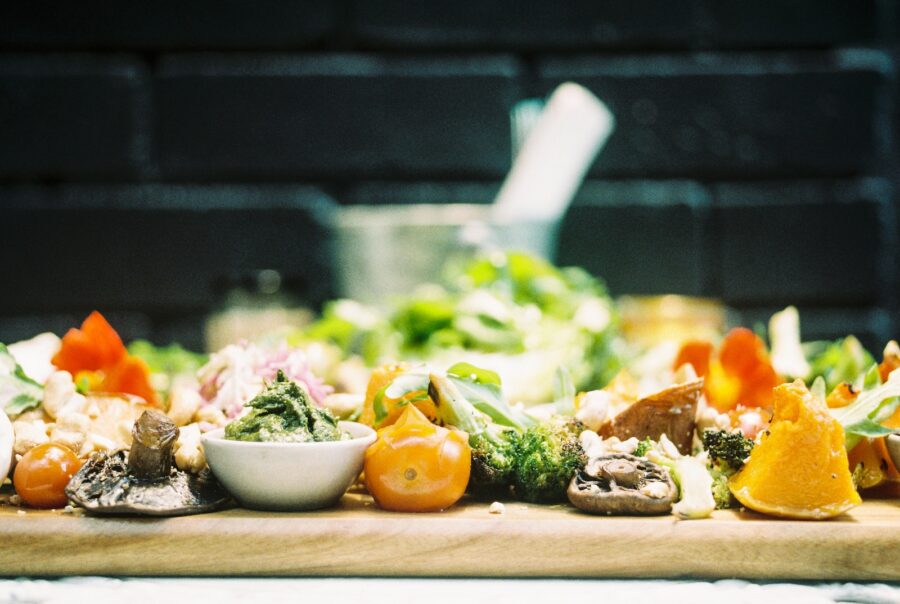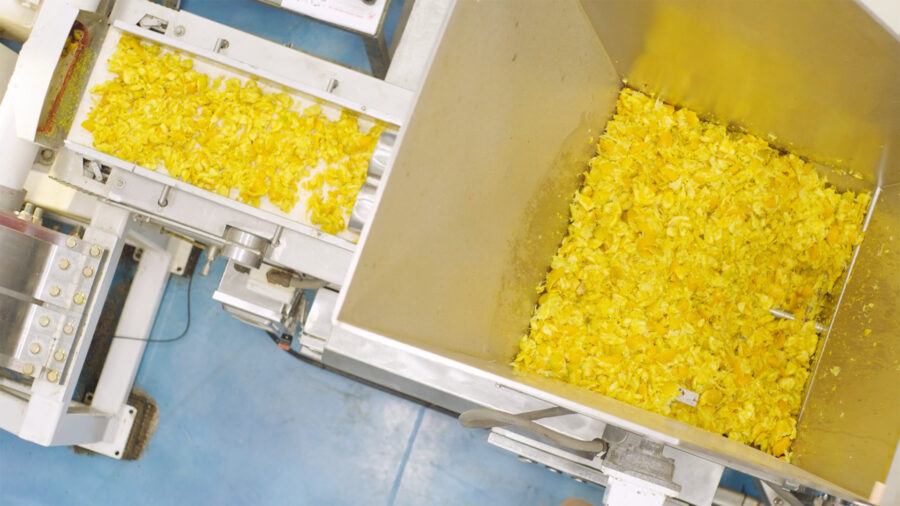As consumers exhibit growing interest in waste and sustainability, companies are looking at taking what would once have been discarded and creating a new product – and the food industry is part of this approach, developing upcycled food products.
The concept is defined as the use of ingredients that otherwise would not have gone to human consumption and have a verifiable supply chain.
Upcycledfood.org says nearly 469,000 tons of such foods are diverted annually by 52 companies that produce 222 foods from 82 ingredients.
“As people become more aware of the environmental impact of wasted food, there’s a growing interest in finding creative solutions to reduce waste and utilize resources more efficiently,” Josh Death, the founder of Kazoo Snacks, told The Food Institute.
Kazoo makes chips and cheese powder from corn germ. We asked Death where he sees upcycling going.
Q: How does the upcycling process typically work?
Death: Kazoo’s process is very similar to other upcycling companies. We’ve sourced a by-product of the corn starch industry, just as Regrained sourced spent brewer grains and Pulp Pantry vegetable peelings. The real challenge is formulating such upcycled ingredients into a great tasting product. In that regard, we all have different proprietary processes to handle the upcycled ingredients and incorporate them into products that consumers will love.
We actually began upcycling unintentionally. I was working to develop a healthier snack option for consumers and discovered the large amount of waste produced by America’s corn starch industry. To my surprise, I learned that the most nutrient-dense part of the corn kernel — which just so happens to be human grade — was being fed to animals, not humans. It was at that point that we began using upcycled corn germ to make our tortilla chips, not even realizing that we were actually upcycling.
[By reclaiming and upcycling] the corn germ that would have otherwise gone to animal feed … we’ve been able to reduce our usage of whole virgin growth corn by 40%, resulting in a savings of 16 gallons of water per bag of chips (as calculated by water footprint analysis experts).
Q: How do the taste and texture of upcycled chips compare to conventional chips?
Death: The corn germ … provides our chips with additional healthy fats, enzymes, nutrients, fiber and 61% more vitamin E compared to conventional tortilla chips. In terms of texture, our chips are quite similar to traditional corn chips, providing the desired crunch. However, many of our customers notice a more pronounced and buttery corn flavor due to the presence of healthy fats.
Q: Where do you see the market for upcycled foods in the next five years?
Death: Looking ahead, the market for upcycled foods shows promising growth. As consumers increasingly recognize the environmental impact of food waste, they’re actively seeking ways to make a positive difference. Upcycled foods align perfectly with this mindset by offering sustainable, innovative, and climate-friendly products. …
In the next five years, we can expect significant growth in the upcycled food movement.
Just as we have witnessed the adoption of plant-based diets for ethical and environmental reasons, I believe there will be a similar shift toward upcycled, sustainable products. Larger food companies will likely respond to this growing demand by offering upcycled versions of their mainstream products. …
Brands that are already manufacturing upcycled products will likely continue to improve their upcycling processes and expand their product offerings, even venturing into new categories altogether.
We may begin seeing upcycled versions of our favorite snacks, such as cheese crackers [and] apple sauce, as well as upcycled pasta sauces, wines, and even upcycled plant-based nut milks. Gut-healthy foods and nootropics are currently trending, so it would be interesting to see upcycled versions of these products entering the market.
The Food Institute Podcast
The reasons people eat a specific product can vary even in a single day. That begs the question – what are consumers looking for in their food products throughout a day, a week, and a year? Kerry’s Soumya Nair and Shannon Coco joined The Food Institute Podcast to share Kerry’s research on the fluid dynamics of consumer eating.


